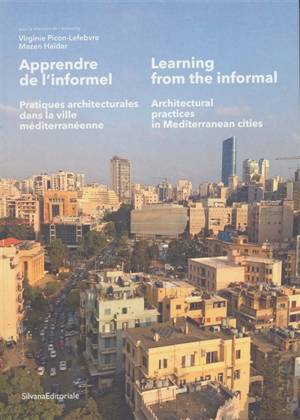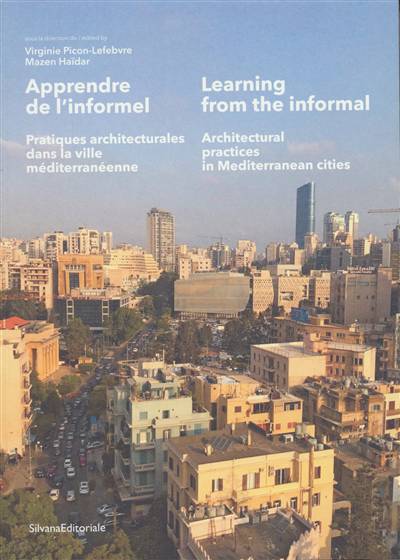
- Retrait gratuit dans votre magasin Club
- 7.000.000 titres dans notre catalogue
- Payer en toute sécurité
- Toujours un magasin près de chez vous
- Retrait gratuit dans votre magasin Club
- 7.000.0000 titres dans notre catalogue
- Payer en toute sécurité
- Toujours un magasin près de chez vous
Apprendre de l'informel
pratiques architecturales dans la ville méditerranéenne
Virginie Picon-Lefebvre, Mazen HaïdarDescription
Cet ouvrage explore des situations qui s'observent à l'occasion de transformations de l'espace public, du bâti existant, ou lors de la réalisation de constructions neuves dans la ville méditerranéenne contemporaine. Il s'intéresse également aux pratiques et aux usages des habitants notamment aux transformations et appropriations de l'espace privé et public. Dans ce cadre large, on a voulu confronter les points de vue de chercheurs et de praticiens autour de deux thèmes :
La prise en compte de l'architecture de la ville informelle permet-elle de répondre aux besoins des habitants et de concevoir de meilleurs projets de transformation du cadre bâti ? Quelles relations s'établissent-elles entre la dimension savante de l'architecture et des usages en évolution constante de la ville et de l'habitat ?
Le renouvellement urbain se caractérise souvent par un changement de paradigme économique et social. Quelles en sont les conséquences socio-spatiales pour les habitants ? Quels jeux d'acteurs, quels rapports de forces, quelles morphologies de l'espace se dessinent dans les interventions contemporaines initiées par les habitants, les architectes, les promoteurs, les administrations ?
This book explores scenarios observed when public spaces and existing buildings undergo transformation, or new constructions are introduced in contemporary Mediterranean cities. It delves into the practices and uses of inhabitants, particularly focusing on the transformation and appropriation of both private and public spaces. Within this broad framework, our aim is to compare the perspectives of researchers and practitioners on two themes :
Does taking the architecture of the informal city into account enable us to meet the needs of inhabitants and design better projects for transforming the built environment ? What relationships are established between the scholarly dimension of architecture and the constantly evolving uses of cities and housing ?
Urban renewal is often characterized by an economic and social paradigm shift. What are its socio-spatial consequences for inhabitants ? Which players, power relations and spatial morphologies of space emerge through the contemporary interventions initiated by residents, architects, developers and public authorities ?
Spécifications
Parties prenantes
- Auteur(s) :
- Editeur:
Contenu
- Nombre de pages :
- 200
- Langue:
- Français, Anglais
Caractéristiques
- EAN:
- 9788836657308
- Date de parution :
- 13-06-24
- Format:
- Livre broché
- Dimensions :
- 170 mm x 240 mm
- Poids :
- 680 g

Les avis
Nous publions uniquement les avis qui respectent les conditions requises. Consultez nos conditions pour les avis.






